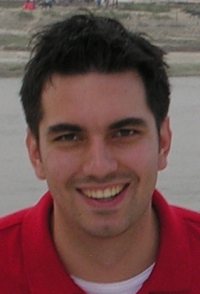Područje djelovnja Odjela industrijske primjene je unaprijeđenje teorije i primjene inženjerstva u razvoju, oblikovanju, proizvodnji i primjeni električkih sustava, uređaja, aparata i upravljanja procesa i opreme u industriji; promocija sigurnih, pouzdanih i ekonomski isplativih instalacija; nužnost industrije kao predvodnice u pitanjima očuvanja energije i okoliša, zdravlja i sigurnosti; stvaranje inženjerskih standarada i postupaka; profesionalni razvoj članova.
Odjel industrijske primjene Hrvatske sekcije IEEE osnovan je 30. travnja 2008. godine.
Odjel za industrijske primjene ima jedan studentski odjel, koji djeluje u okviru Studentskog ogranka Sveučilišta u Zagrebu.






